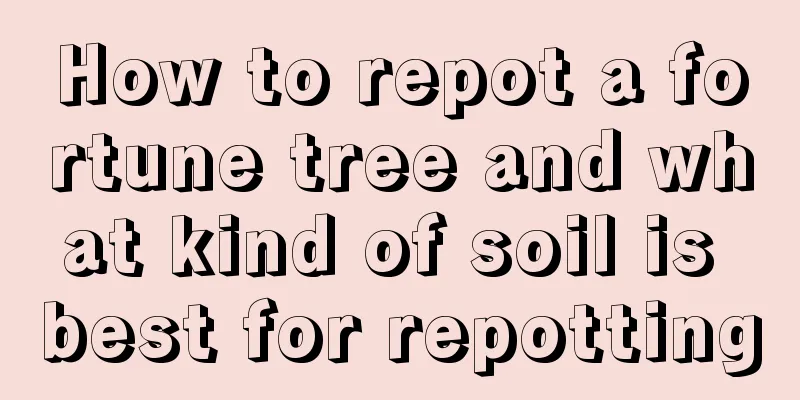How to grow five-star flowers

1. Maintenance methods1. Temperature: The cold resistance of the five-star flower is very low. It needs to be grown indoors in winter to prevent frostbite in the low temperature environment. The temperature for wintering should be kept above five degrees. Because it is a tropical plant, it prefers a warm growing environment. 2. Watering: The five-star flower has relatively high requirements for water. It will bloom more flowers only when there is enough water. In summer, it needs to be watered every day, preferably once in the morning and evening. It cannot be allowed to lack water for growth. However, it is best to water it thoroughly and avoid water accumulation. 3. Light: Pentaphyllum is a light-loving plant. Sufficient warm sunlight can make it grow more vigorously, so it is best to place it on the balcony when cultivating it. Sufficient light can make it bloom more beautifully. 4. Fertilization: The demand for fertilizer for five-star flower is not very high. Apply liquid fertilizer once a month during the growth period to promote growth. Apply phosphorus and potassium fertilizer once or twice before flowering. This will help prolong the flowering period and make the flowers more brightly colored. But remember not to apply nitrogen fertilizer during the flowering period, otherwise the flowers will fall prematurely. 2. Breeding techniques1. Reproduction: Both sowing and cutting are applicable. Sowing is in spring. Choose full seeds and fertile soil. After sowing, place them in an environment with scattered sunlight. They will germinate in about a week. 2. Pruning: There will be a lot of flowers on the five-star flower, so after some flowers fall, they must be cut off in time. The remaining flowers are not only not ornamental, but also absorb certain nutrients. Therefore, in order to prevent the loss of nutrients, timely pruning is needed, which is conducive to the next flowering and the healthy growth of the plant. 3. Problem diagnosis and treatment1. Disease: Powdery mildew will occur. This disease will cause a layer of white substance to appear on the branches and leaves of the plant, causing the plant to be unable to carry out normal photosynthesis. Wettable powders can be used for control. 2. Pests: Scale insects will cause branches and leaves to eventually turn yellow and fall off. They can be controlled by spraying insecticides. IV. Other issues1. Toxicity: Completely non-toxic, very suitable for breeding. 2. Can it be grown at home? Yes, it will bloom a lot and beautify your home. |
Recommend
How much mulberry tree yield per mu
Mulberry yield per mu If mulberry trees are mainl...
Carnation Flower Language
1. Gratitude and Respect The more common flower l...
Bletilla striata sowing time
Bletilla striata, as a traditional Chinese medici...
Can reeds be planted in the yard?
Can I grow reeds in my yard? Reeds can be placed ...
How to grow plum blossoms
Planting method Planting It can be planted in the...
How to plant tiger skin orchid? Planting methods and techniques for newly bought tiger skin orchid
Tiger Skin Orchid is a very common ornamental gre...
When is the best time to sow pepper seeds?
Pepper seed sowing time The time range for sowing...
How to prune Crane Orchid
When to prune the crane orchid The crane orchid, ...
Orchid Varieties
1. Terrestrial orchid Terrestrial orchids are wha...
Why do Clivia leaves become soft?
Symptoms of Clivia leaves becoming soft Needless ...
How to prune grapevines during fruiting period
1. Pruning during the fruiting period 1. Branches...
The language and legend of dandelions
Various flower language The yellow dandelion, its...
Are succulents harmful to the human body?
1. Is succulent harmful to the human body? To ans...
Can MSG be used as fertilizer?
MSG as fertilizer MSG can generally be used as a ...
How to grow the branched apricot
How to grow the branched apricot illumination The...









